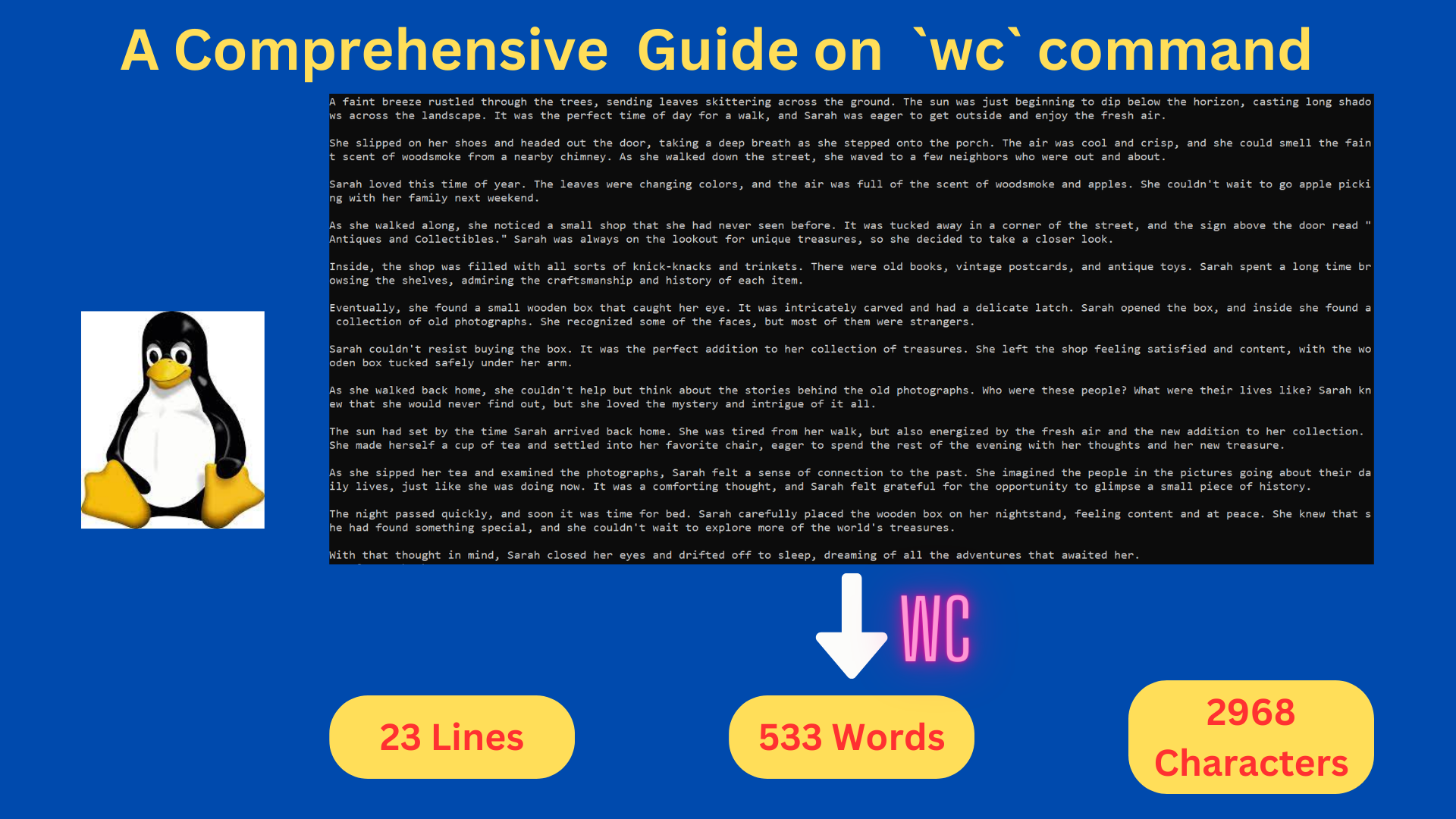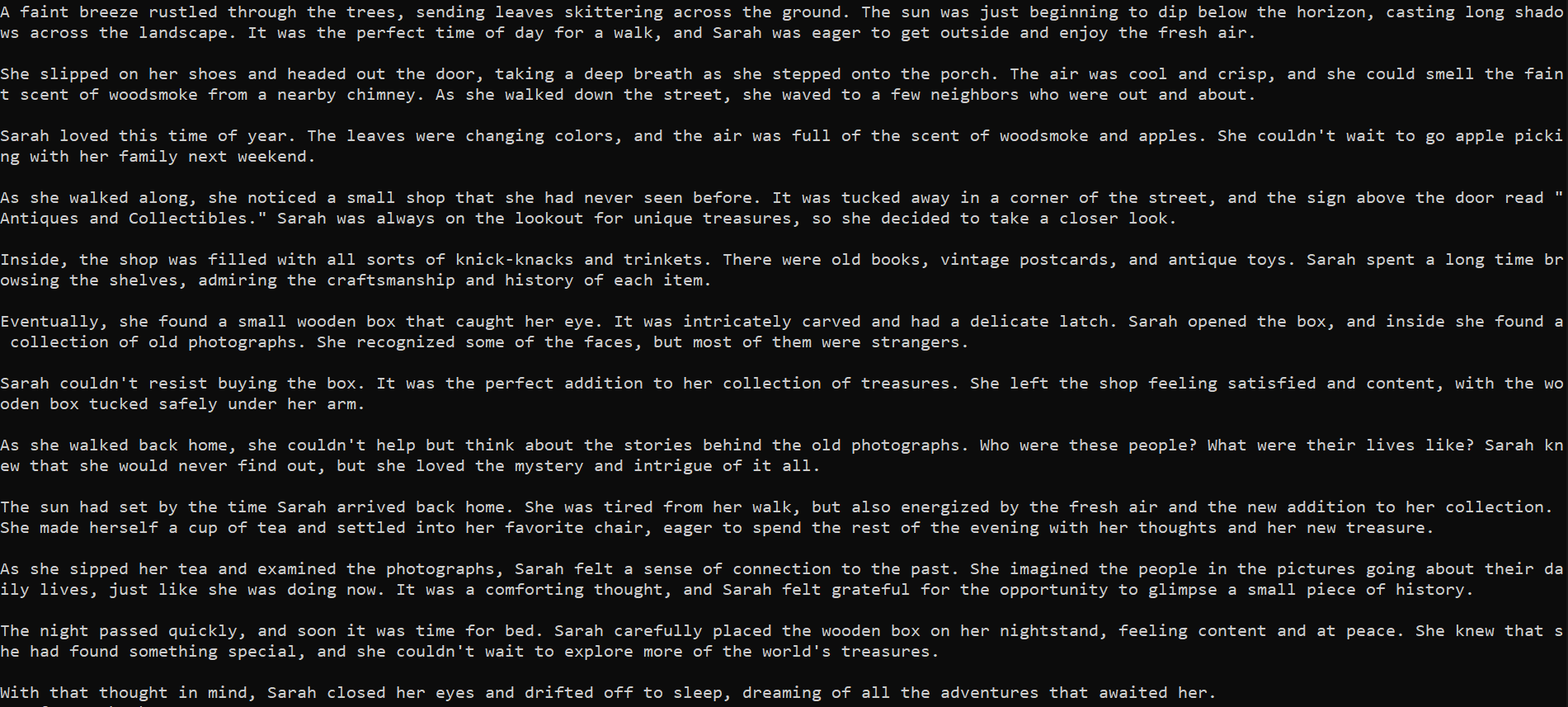The Power of the `wc` Command in Linux: A Comprehensive Guide
 Smart Shock
Smart Shock
In this comprehensive guide, we'll explore the power of the wc (word count) command in Linux. You'll learn the basic usage of the command and the various options that can be used to obtain information about a file, such as the number of lines, words, and characters. We'll also provide real-world examples of how the wc command can be used in practice, and a handy cheat sheet summarizing the most commonly used options. By the end of this guide, you'll have a solid understanding of the wc command and how it can be used to efficiently analyze text in Linux.
Introduction
The wc (word count) command is a popular Unix/Linux utility used to display the number of lines, words, and characters in a file or a stream of text. This command is particularly useful for quick and efficient text analysis and can be used to obtain a basic idea of the content of a file. In this blog post, we'll explore the wc command and create a handy cheat sheet to help you use it effectively.
Usage
The basic usage of the wc command is as follows:
wc [options] [file...]
Here, options refer to the various flags that can be used with the command, and file... refers to the files for which you want to get the word count. If no file is specified, the command reads from standard input.
The most commonly used options are:
-l: Displays the number of lines in the file.-w: Displays the number of words in the file.-c: Displays the number of bytes in the file.-m: Displays the number of characters in the file.-L: Displays the length of the longest line in the file.
These options can be used individually or in combination to get the desired output. For example, if you want to get the number of lines, words, and characters in a file, you can use the following command:
wc -lwc filename
This will display the number of lines, words, and characters in the file.
Cheat Sheet
Here's a handy cheat sheet summarizing the most commonly used options for the wc command:
| Option | Description |
-l | Displays the number of lines |
-w | Displays the number of words |
-c | Displays the number of bytes |
-m | Displays the number of characters |
-L | Displays the length of the longest line |
Examples:
Here are some examples of how the wc command can be used. For this we will this sample file and see the results.

To get the number of lines in a file
wc -l filename

To get the number of words in a file
wc -w filename

To get the number of characters in a file
wc -c filename

To get the number of lines, words, and characters in a file
wc -lwc filename

To get the length of the longest line in a file
wc -L filename

Conclusion
The wc command is a simple yet powerful utility that can be used to quickly obtain basic information about a file. By using the various options provided by the command, you can easily get the number of lines, words, and characters in a file, as well as other useful information such as the length of the longest line. With this cheat sheet and the examples provided, you should be able to use the wc command effectively in your daily work.
Subscribe to my newsletter
Read articles from Smart Shock directly inside your inbox. Subscribe to the newsletter, and don't miss out.
Written by
